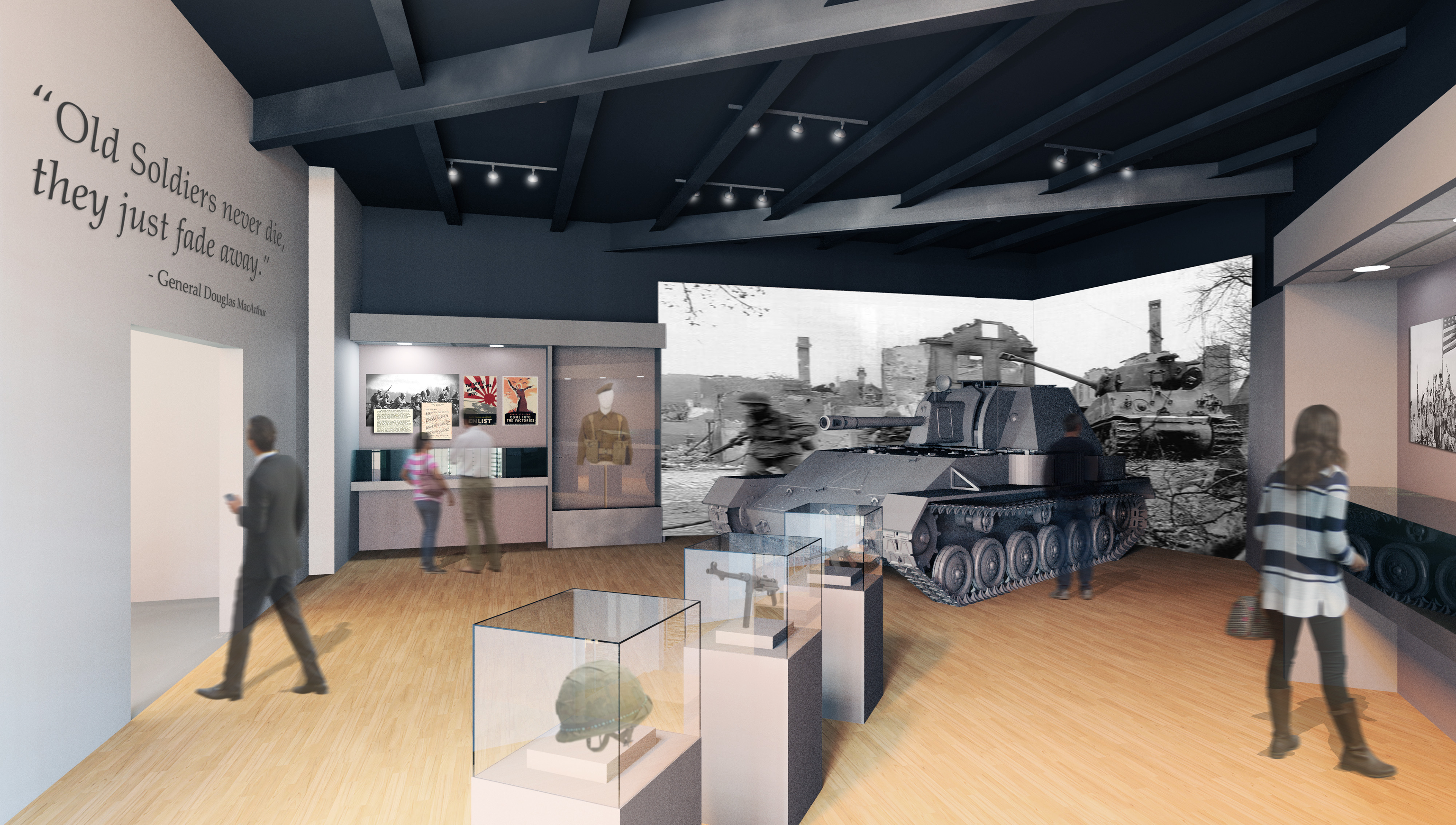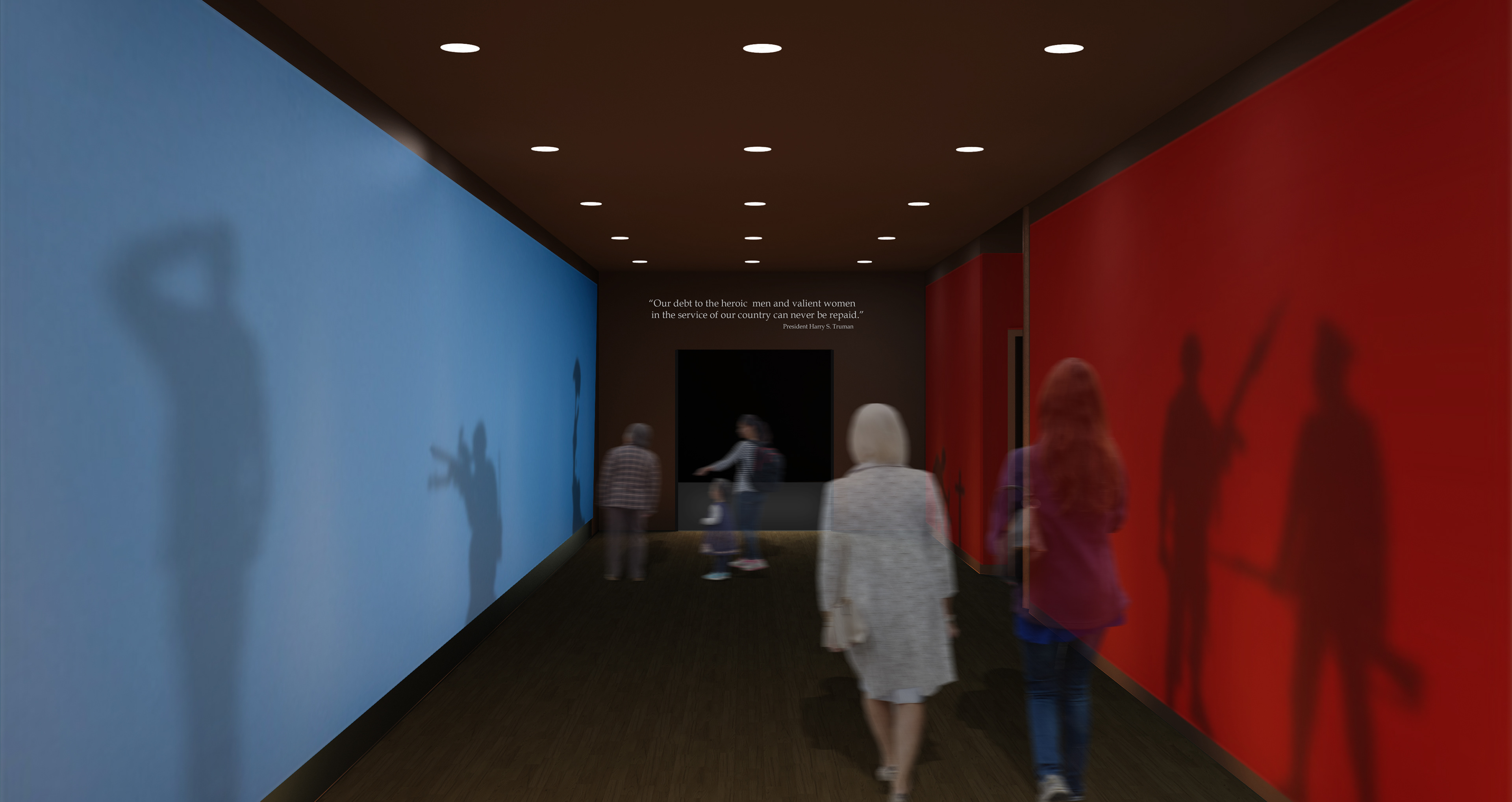Design Team: Luis Arjona | Kyle Berger
Professor: James Haliburton
The patterns of war can be broken into four stages: catalyst, reaction, sacrifice, and legacy. This is transcendent in major historical events on national and global platforms. There is a catalyst event, a transfiguring moment that alters, stirs, shakes. This spawns a reaction, which can take form in a variety of ways, independently – not one reaction is identical. The consequential phase is sacrifice, the act of response to a reaction. Sacrifice can take place physically, mentally, emotionally, psychologically. Sacrifice produces a result, and this is the legacy. A result always leaves a legacy because one will observe the current through the lens of change. One does not stay the same from the vantage point of the legacy looking to the initial catalyst. But, history repeats itself, and with regards to the forces of natural human history, a new catalyst will emerge from this legacy, and the cycle repeats.
The Museum of Valor begins to dissect the cycles intimately. What role does the individual play within this story? Valor centers on the soldier, but within the cycle, don’t politicians, families, and volunteers of the war efforts display traces of valor, uniquely, in their own story? Can this cycle be replicated with the same stages, but within one’s own consciousness, through emotions and rationales, when they visit the site? Dedicated to those who served in World War II, the Museum of Valor sits in Veterans Park. The design challenge was to create a space that not only accomplishes a journey for guests, but also compliments the surrounding area.
Personal Contribution: The team was equally responsible in developing the project from conceptualization, to creating the plans and graphics.
The Museum of Valor begins to dissect the cycles intimately. What role does the individual play within this story? Valor centers on the soldier, but within the cycle, don’t politicians, families, and volunteers of the war efforts display traces of valor, uniquely, in their own story? Can this cycle be replicated with the same stages, but within one’s own consciousness, through emotions and rationales, when they visit the site? Dedicated to those who served in World War II, the Museum of Valor sits in Veterans Park. The design challenge was to create a space that not only accomplishes a journey for guests, but also compliments the surrounding area.
Personal Contribution: The team was equally responsible in developing the project from conceptualization, to creating the plans and graphics.

